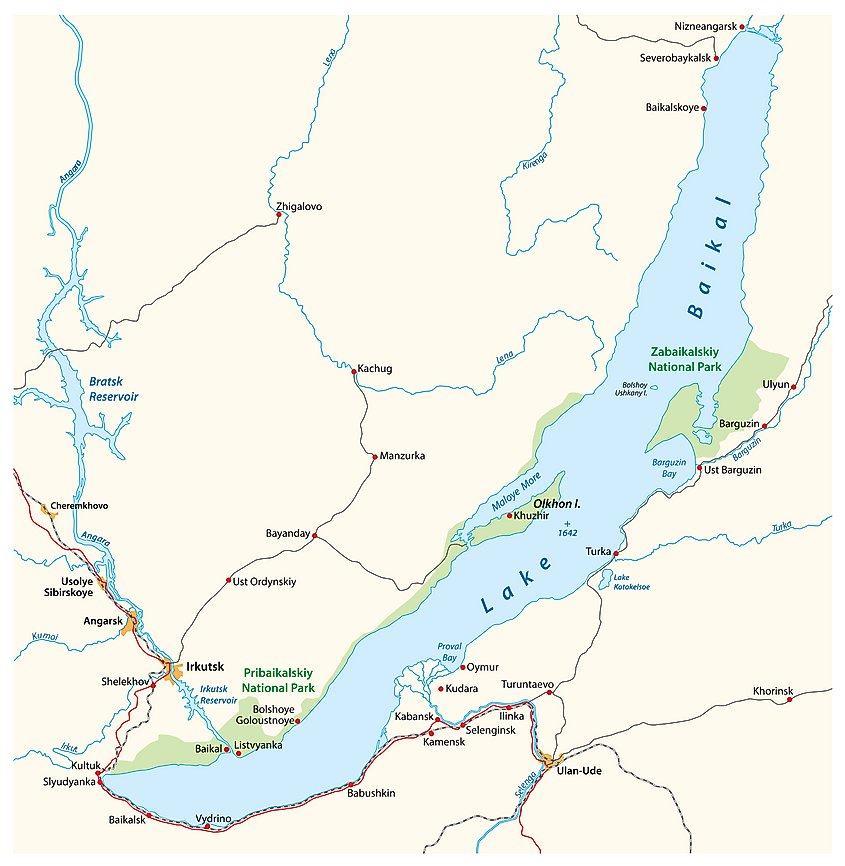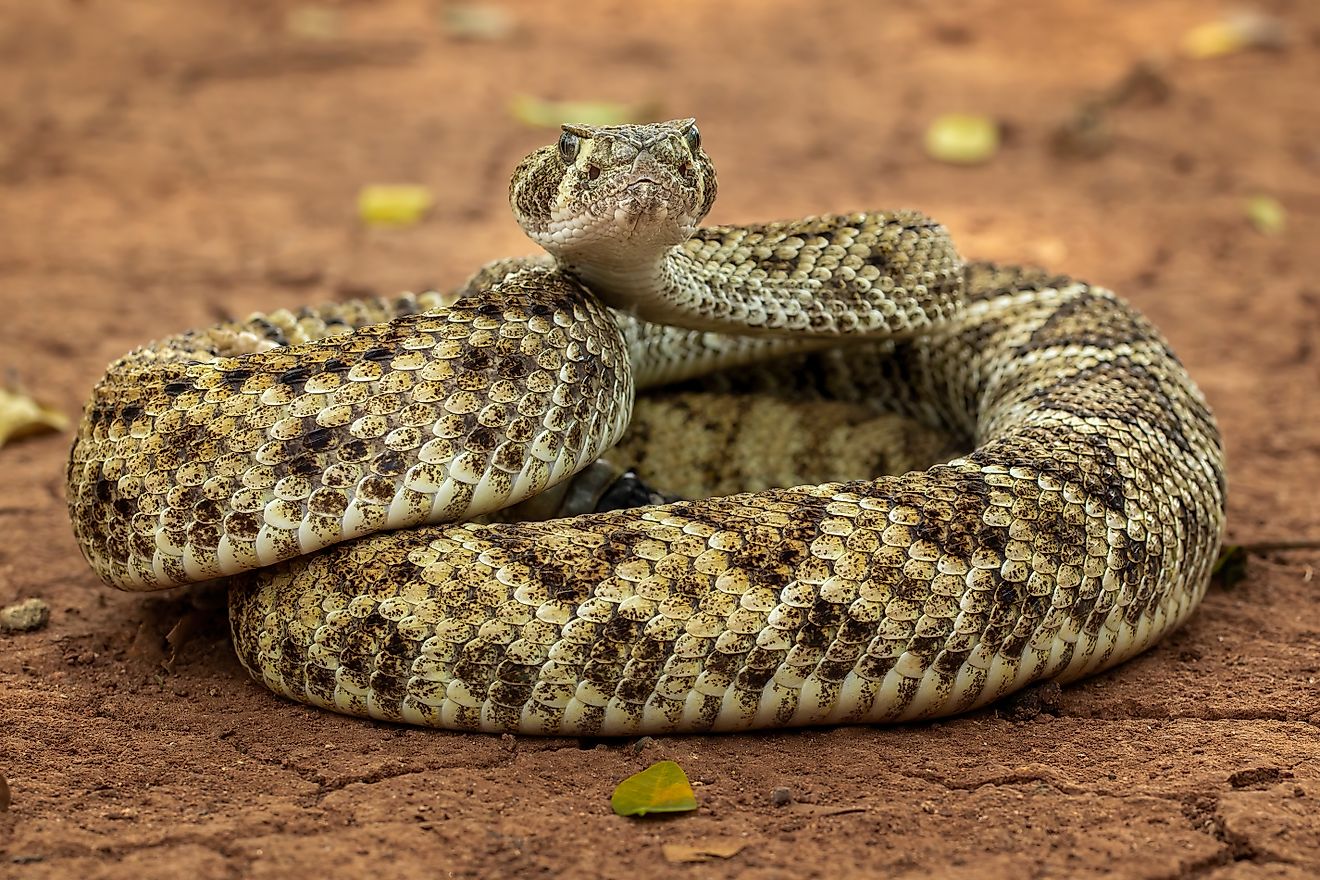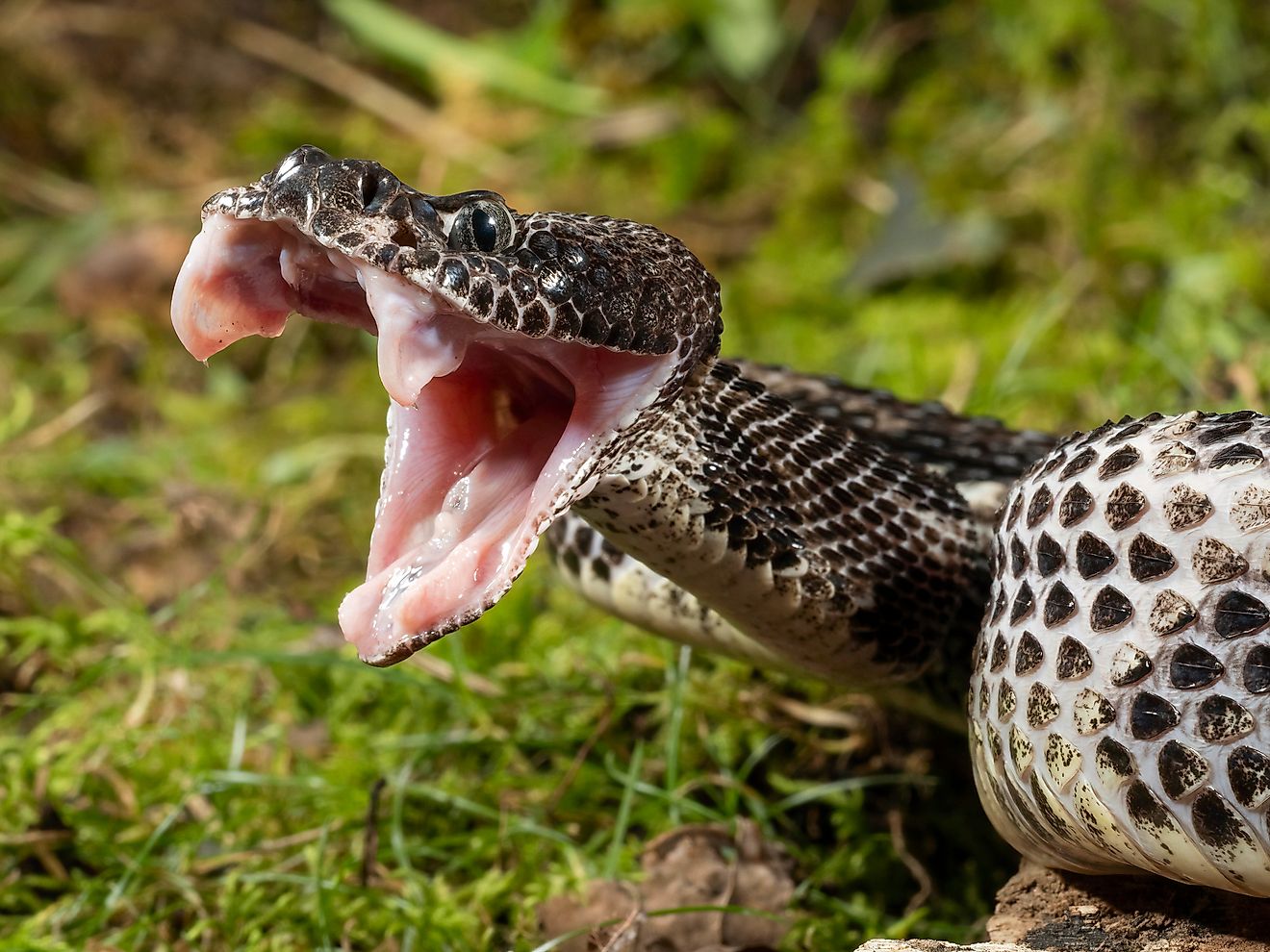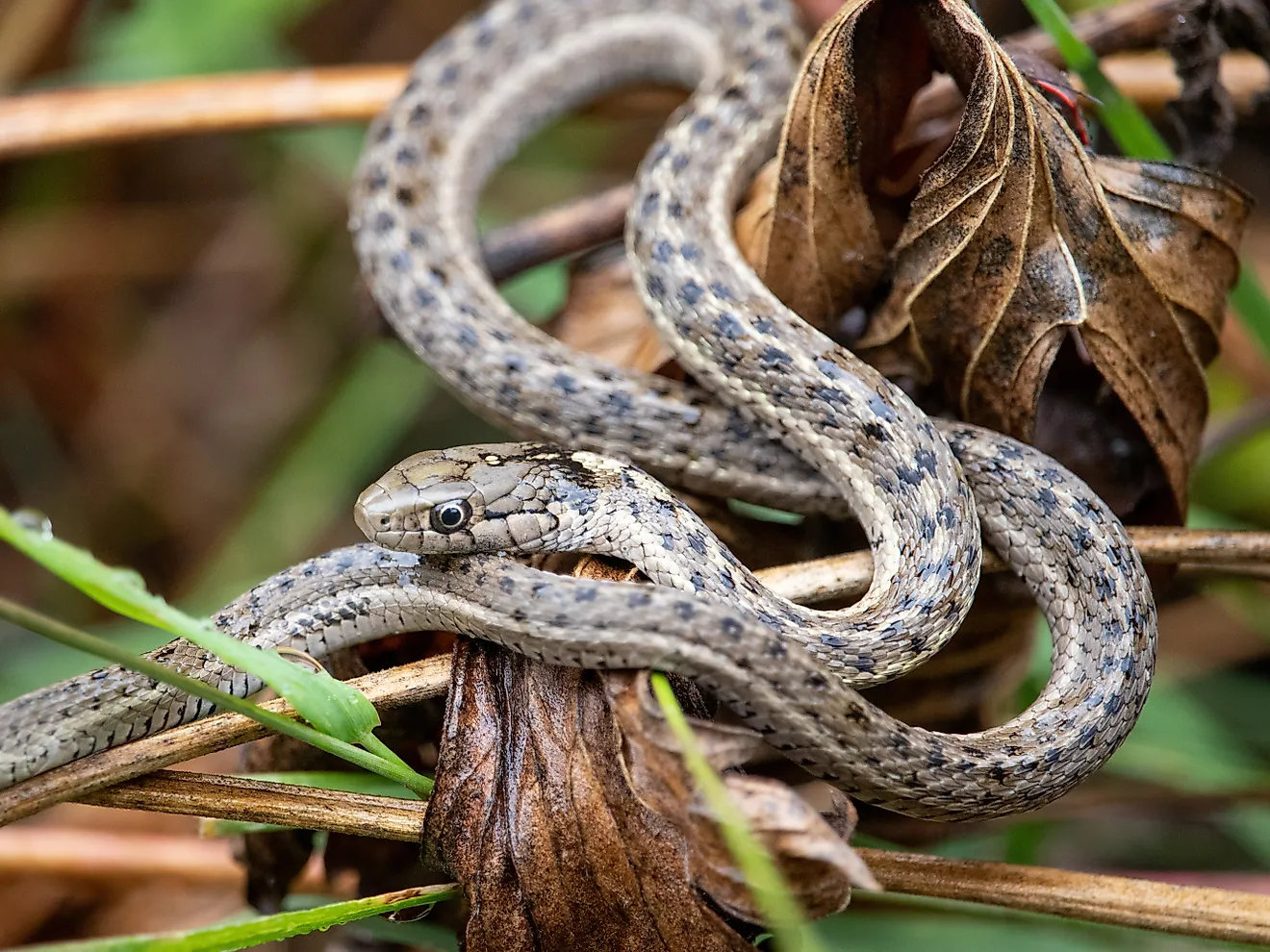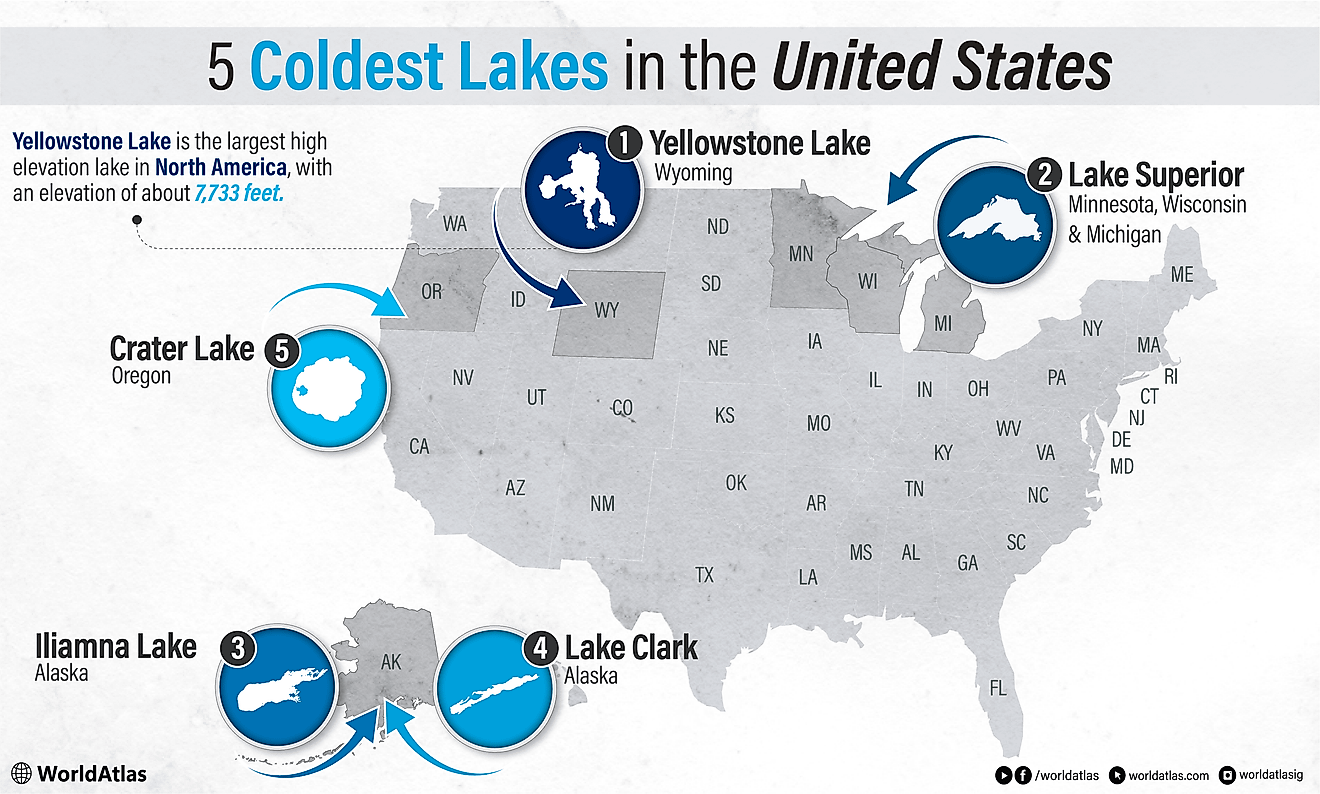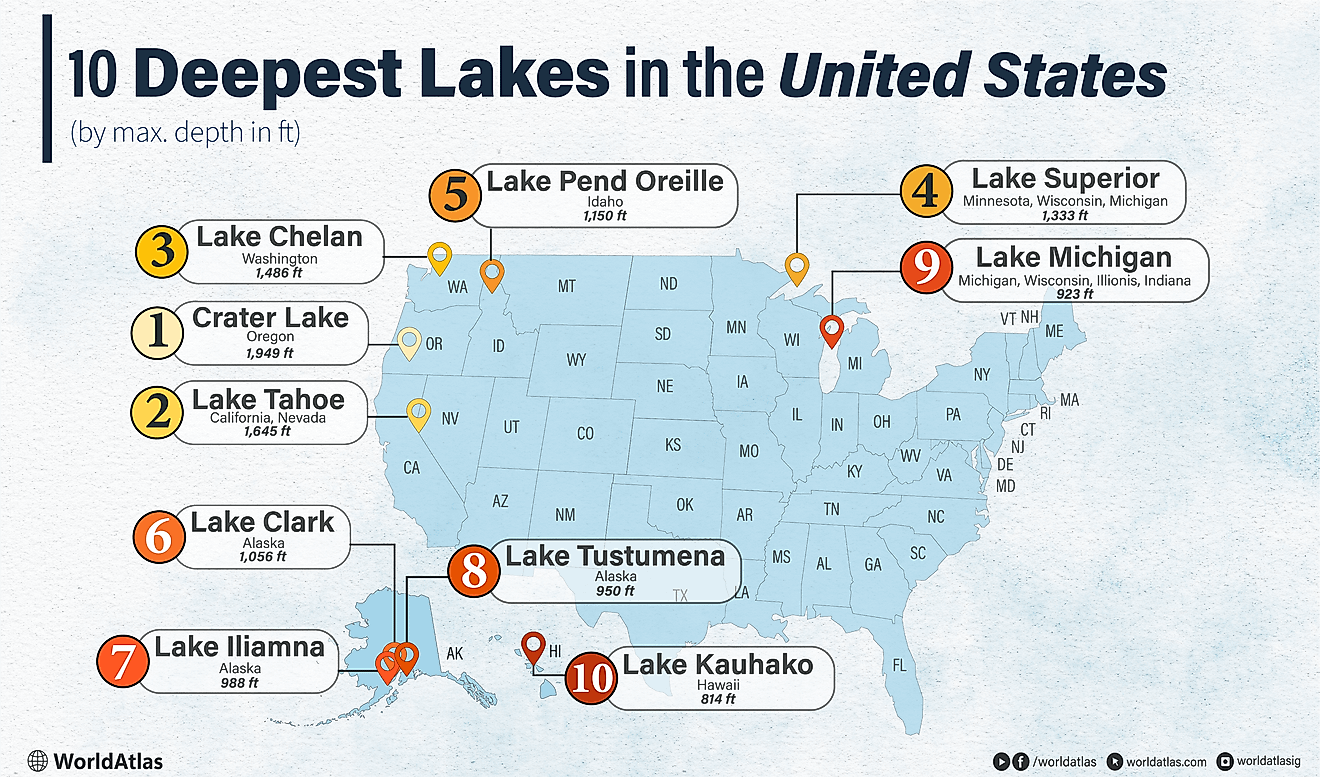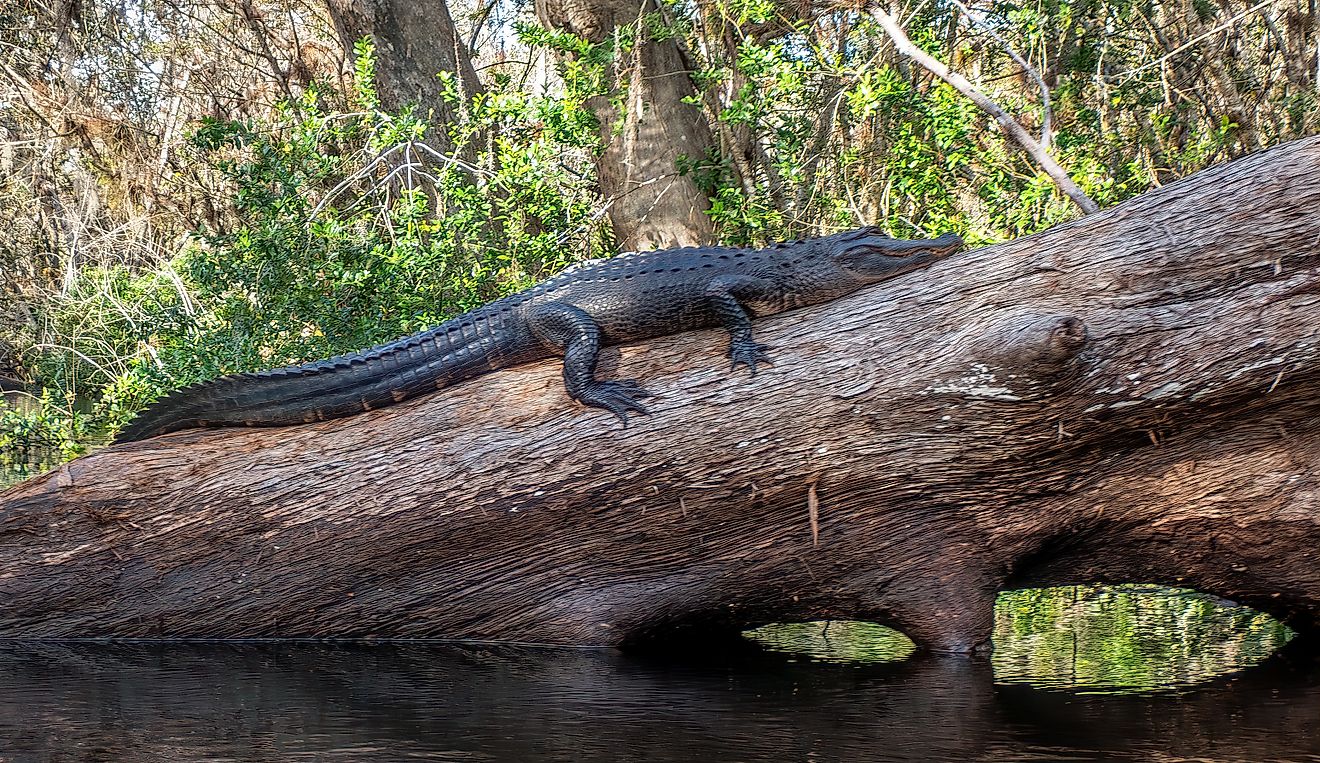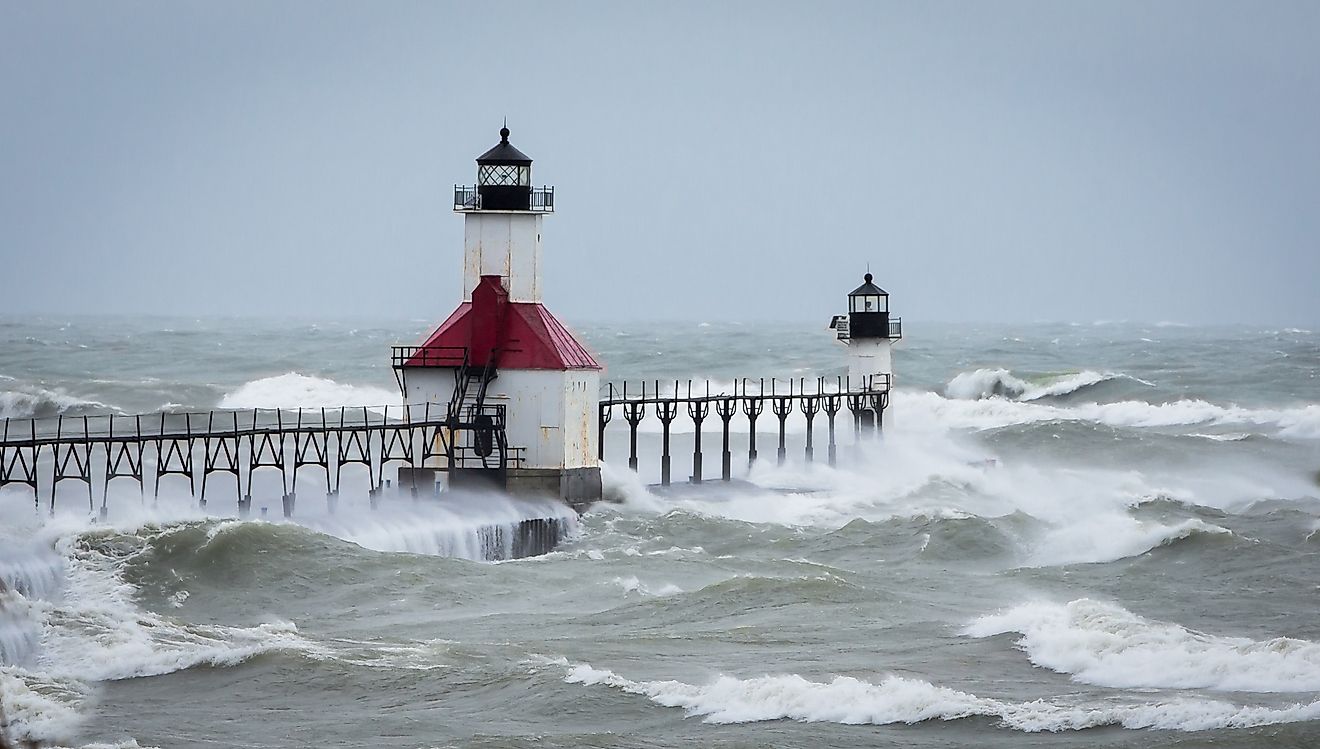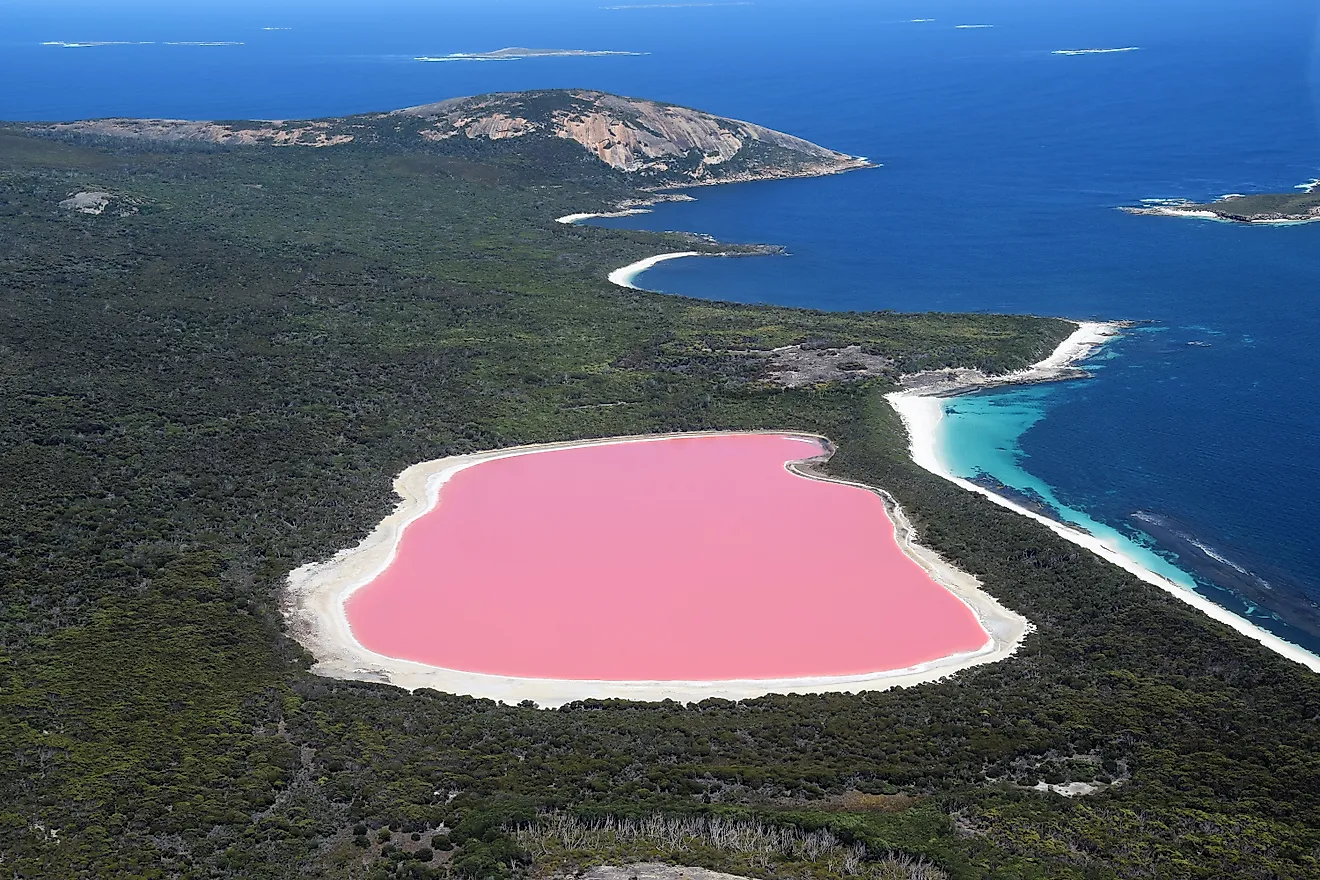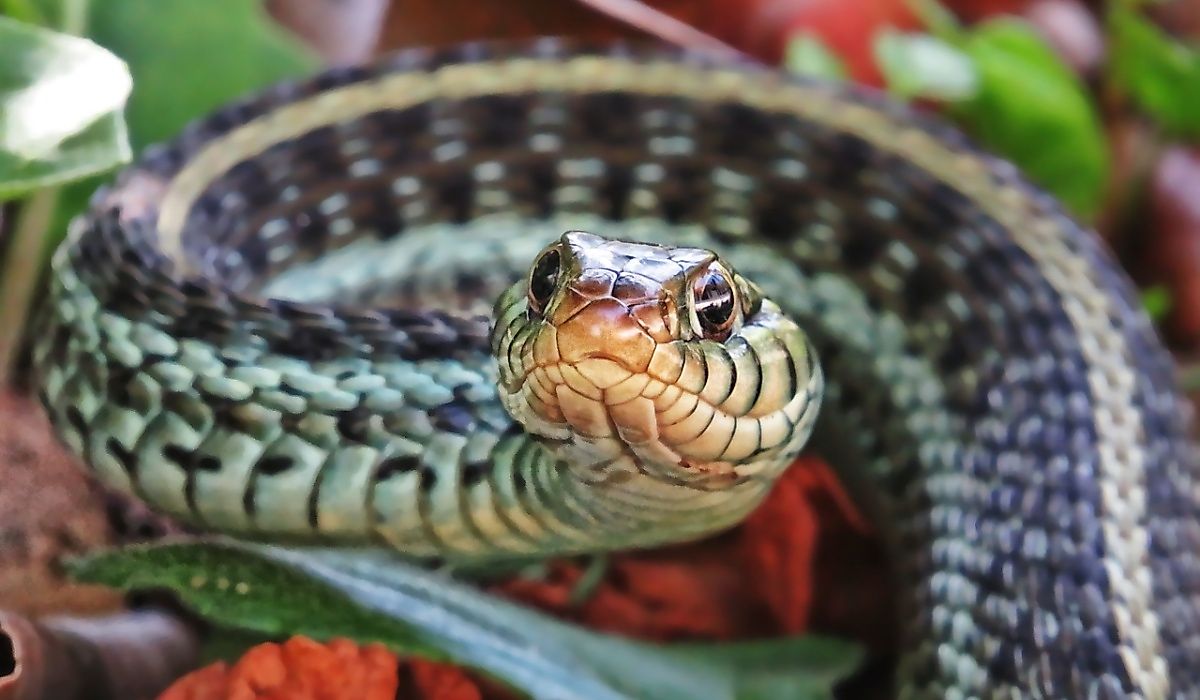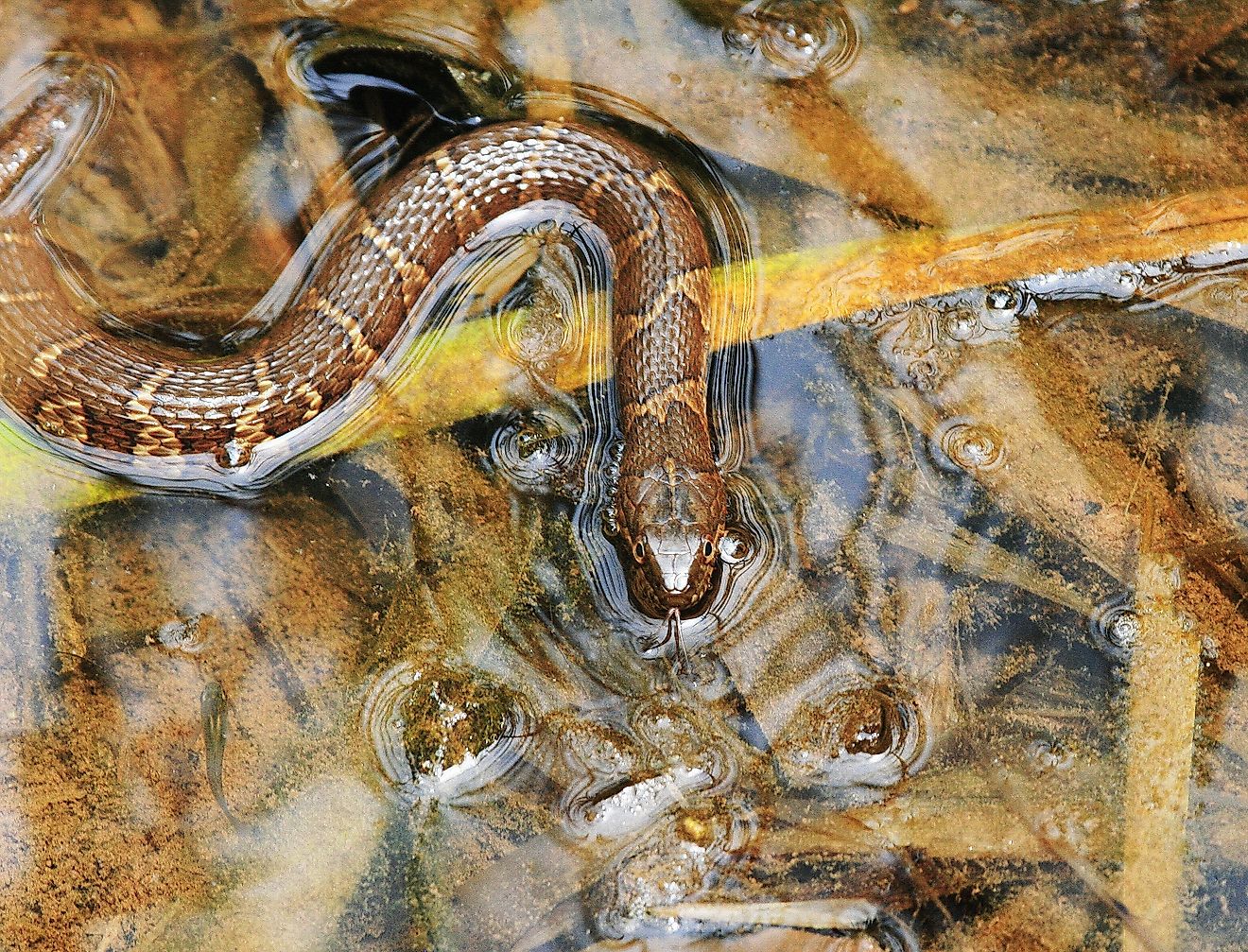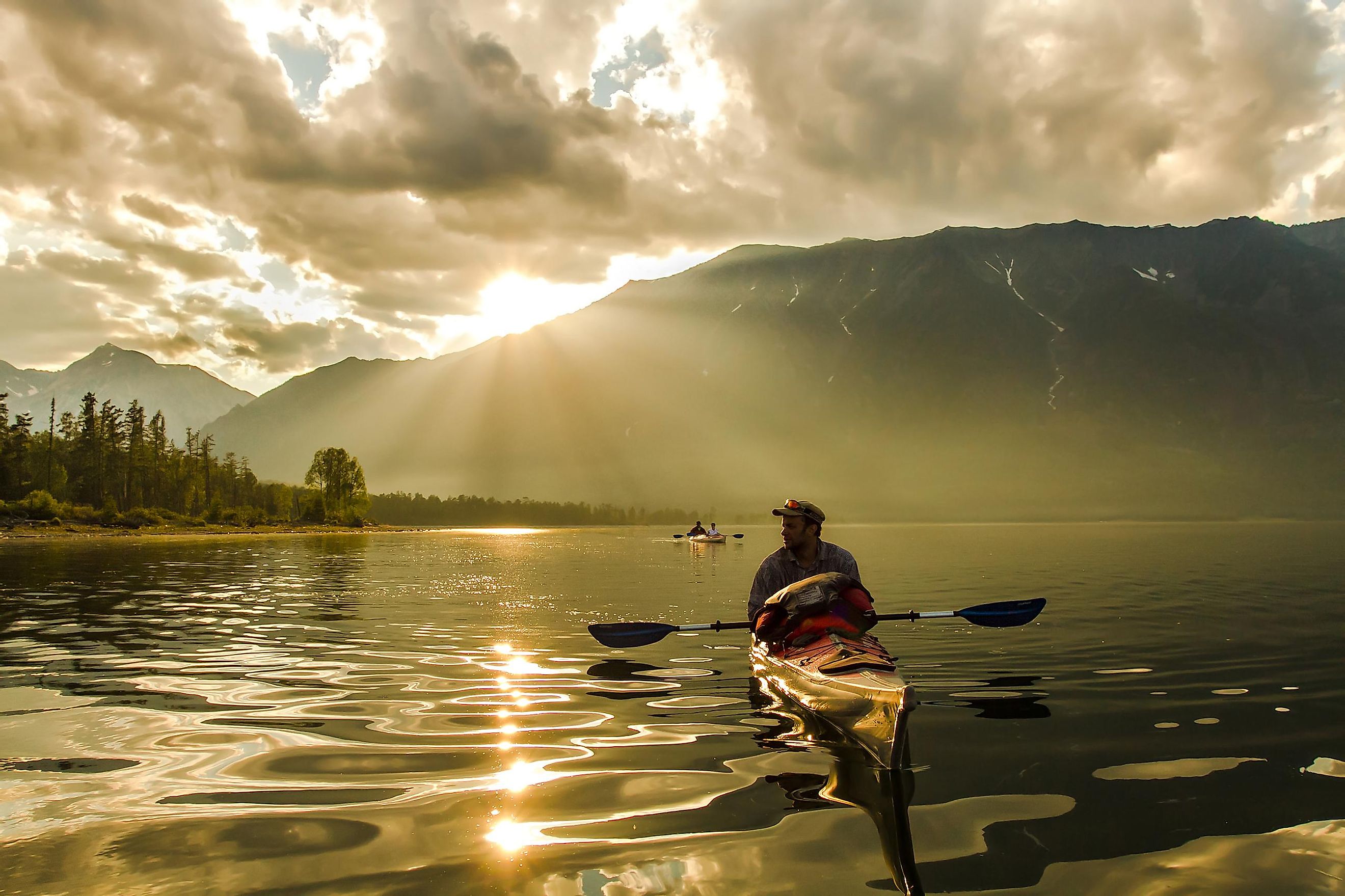
Lake Baikal
Lakes are some of Russia’s most important drainage features, occupying a significant portion of the country’s territory. According to the Russian government, the country has over 2.7 million lakes of different types and sizes. One of the country’s most important lakes is Lake Baykal or Lake Baikal, located between the Buryat Republic and Irkutsk Oblast in the southern Siberian Region. It is the world’s largest freshwater lake by volume, accounting for at least 22% of the Earth’s total water surface. All the waters of the North American Great Lakes are not enough to fill Lake Baikal. Baikal is also one of the world’s deepest and clearest lakes.
Geography
Lake Baikal is situated in southern Siberia, south-central Russia, near the border with Mongolia. It is sandwiched between the Buryat Republic on the south and Irkutsk. The largest city near the lake’s region is Irkutsk. Lake Baikal covers about 31,722 km2, making it the world’s largest freshwater lake. It is also the world’s deepest lake, with a maximum depth of 1,642 meters below the water surface. However, the lake’s bottom is 1,186.5 meters below the sea surface. Below the lake’s bottom lies sediments of about 7 kilometers, making it the Earth’s deepest continental rift, with a rift floor of 8-11 kilometers. Baikal has a maximum length of 636 kilometers and a maximum width of 79 kilometers, with a catchment area of 560,000 km2.
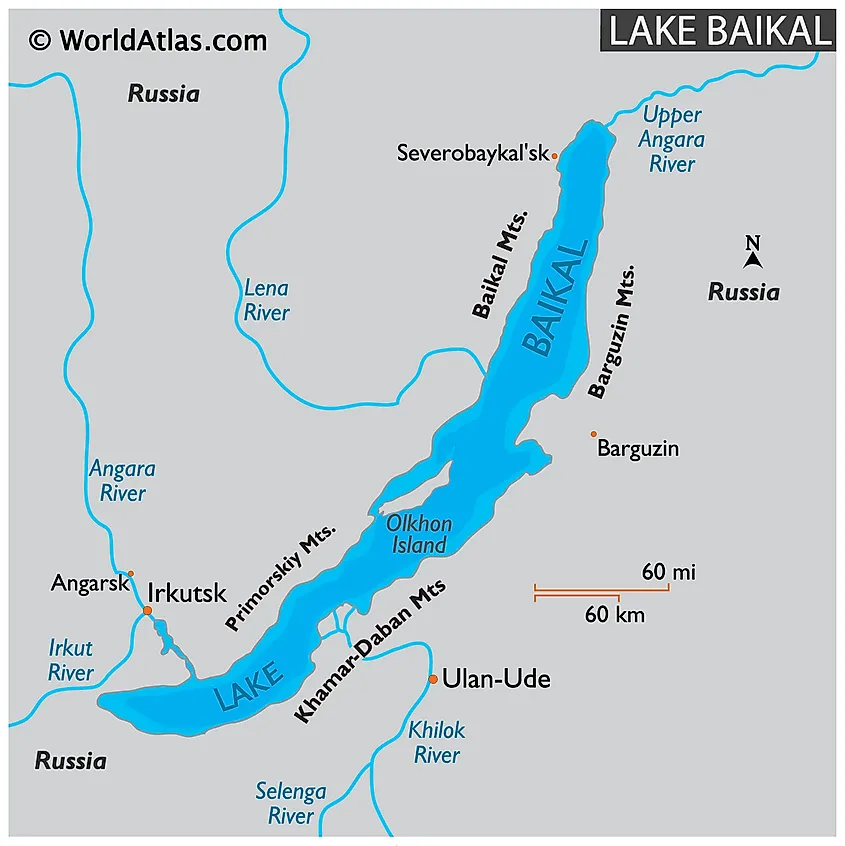
Lake Baikal is divided into three main basins North Basin (with a depth of 900 meters), South Basin (1,400 m), and Central Basin (1,600 m). The basins are separated by fault zones which are about 300 meters deep. The Academician Ridge separates the Central and North Basins, while the South and Central Basins are separated by the Buguldeika Saddle. The lake has a meandering shoreline, running for about 2,100 kilometers and interrupted by several bays, including Proval, Chivyrkuysky, and Barguzin. Svyatoy Nos Peninsula extends into the lake on the eastern shores.
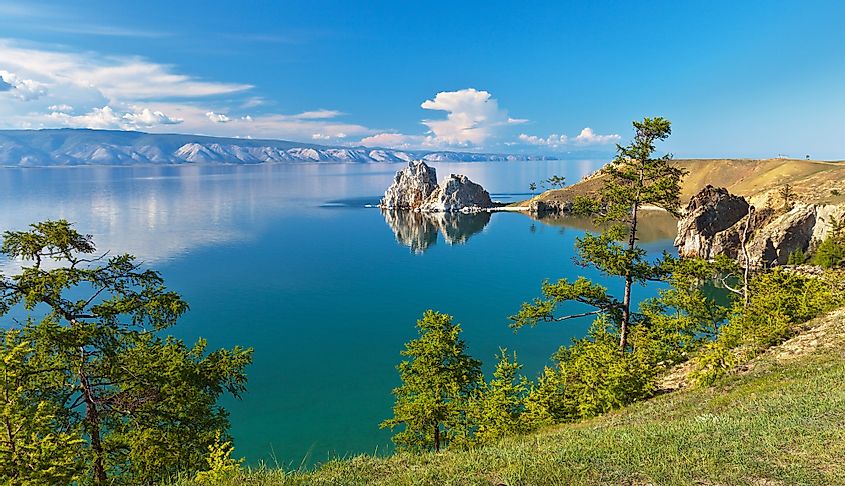
There are 45 islands and islets in Lake Baikal, of which Olkhon is the largest island, covering about 700 km2. Olkhon is also the world’s third-largest lake island. Other islands include Ushkany and Bolshoy. The lake is surrounded by mountains, including the Barguzini Range and Baikal Mountain on the northeastern and north shores. Up to 330 rivers drain into Lake Baikal, of which Barguzini, Selenga, Upper Angara, Sarma, and Turka are the major ones. However, the lake has only one outlet, the Angara River, which empties about 60 cubic kilometers of water annually.
Hydrology
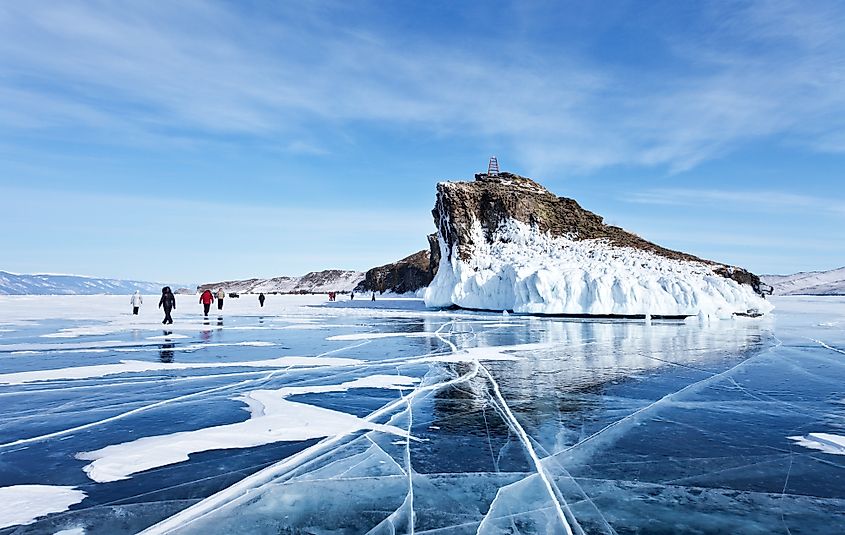
Baikal’s water is one of the world’s clearest waters that one can see through up to 40 meters during winter and up to 8 meters in summer. The water temperature varies with depth, season, and location. The lake’s surface freezes for up to five months during spring and winter and is covered in ice between January and June, with the ice reaching 1.4 meters or more than 2 meters in areas with hummock. The surface ice begins to break in May or June, and the heat from the sun begins to warm up the water. The upper layer (300 meters) warms uniformly to about 39 degrees Fahrenheit. As the sun continues to heat the water, the temperature rises and peaks in August, reaching 16 degrees Fahrenheit in some areas and 75 degrees Fahrenheit in shallow bays, especially the lake’s southern half. The temperature begins to fall again in the autumn.
Brief History
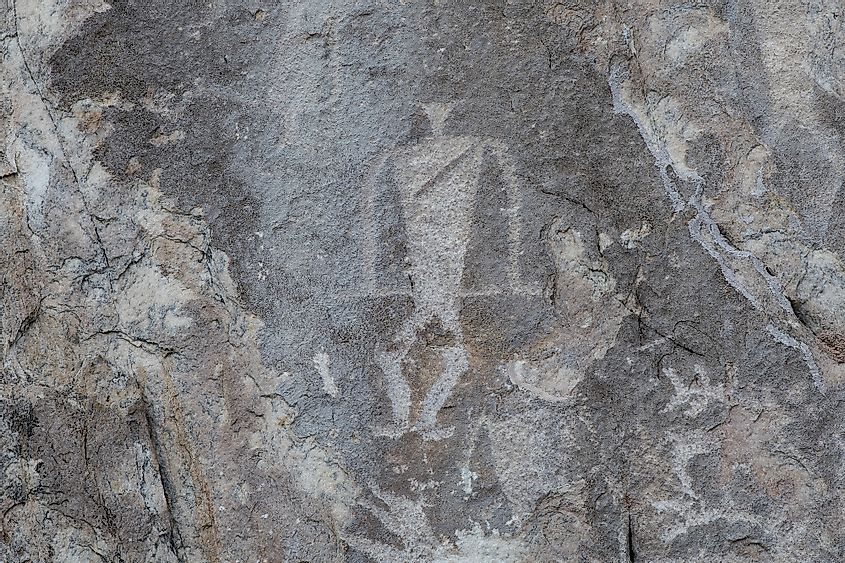
Lake Baikal is about 25 million years old, making it one of the world’s oldest lakes. The lake and the surrounding mountains were formed by the moving and fracturing of the Earth’s crust. According to popular sources, the lake was originally a riverbed but increased in size after the Earth’s crust fracturing. The melting glacier in the Siberian and surrounding regions filled the lake over time. Other theories suggest that a series of small lakes formed first and united about 5-2.6 million years ago to form one huge lake. Several factors may have caused the lakes’ unification, including earthquakes, falling rocks, or sinking earth.
The indigenous people have inhabited the regions around the Baikal since about 6th century BC. However, the people may have frequently visited the area long before then. Several battles have been fought around the lake, including the Han-Xiongnu War. In 1643, Russian Kurbat became the first European to visit Lake Baikal. Russia conquered Siberia and made Lake Baikal part of its territory in the 17th century.
Wildlife
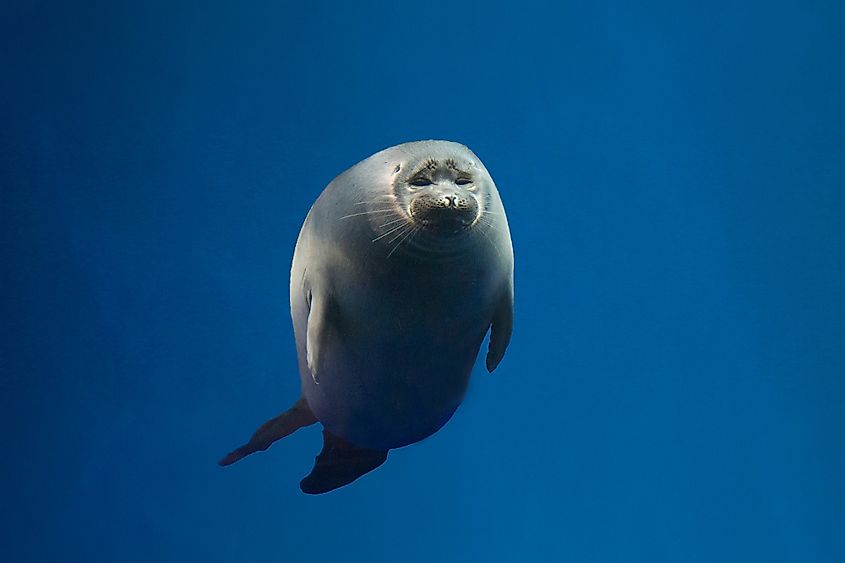
Lake Baikal is a biodiversity hotspot, hosting over 1,000 plants and 2,500 animals, of which 80% are endemic. The lake is sometimes referred to as the “Galapagos of Russia” because of its high biodiversity. The flora of Baikal includes marsh thistle and over 80 submerged macrophyte species. One of Baikal’s animal species is nerpha or Baikal seal. Other land mammals include Eurasian brown bears, red fox, Siberian red deer, Alpine hare, and reindeers. There are over 260 bird species, including Balkan bush warbler and Baikal teal. More than half of the 65 native fish species in the lake are endemic.

